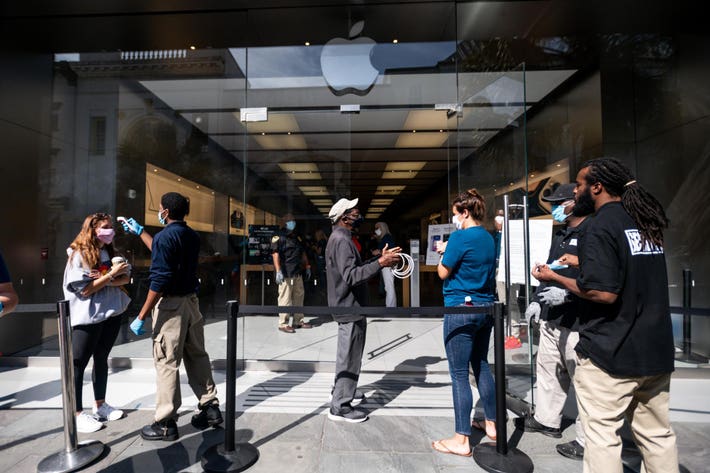In an era defined by rapid technological advancements and growing environmental concerns, global leaders are redefining leadership to navigate the complexities of a digital and sustainable future. As industries evolve, organizations must adapt to new paradigms that prioritize both innovation and responsibility. This transformation calls for a leadership approach that integrates digital transformation with sustainability, fostering long-term economic, social, and environmental benefits.
The Digital Revolution and Leadership Evolution
Digitalization has reshaped industries by introducing automation, artificial intelligence (AI), big data, and cloud computing. These technologies enhance efficiency, decision-making, and connectivity but also present challenges such as cybersecurity risks and workforce adaptation.
To lead effectively in this digital era, leaders must:
- Embrace Digital Literacy – Understanding AI, machine learning, and data analytics is crucial for making informed strategic decisions.
- Encourage Innovation – Organizations must cultivate a culture of continuous learning and experimentation.
- Adapt to Agile Leadership – Flexible decision-making, collaboration, and responsiveness are key to navigating digital disruptions.
- Prioritize Cybersecurity – A secure digital infrastructure is essential to maintain trust and data integrity.
Sustainability: A Core Leadership Priority
As the global climate crisis intensifies, sustainable business practices have moved from being optional to essential. Leaders are recognizing the urgency of integrating environmental, social, and governance (ESG) factors into their corporate strategies.
Key sustainability leadership principles include:
- Commitment to Net Zero Goals – Companies must align with global climate agreements to reduce carbon emissions.
- Circular Economy Practices – Emphasizing resource efficiency, waste reduction, and sustainable supply chains.
- Stakeholder Engagement – Balancing profit with social and environmental responsibilities by involving investors, employees, and communities.
- Sustainable Innovation – Investing in green technologies, renewable energy, and eco-friendly products.
The Intersection of Digital and Sustainable Leadership
The convergence of digital transformation and sustainability presents an opportunity for leaders to drive systemic change. Smart technologies, such as the Internet of Things (IoT) and blockchain, are being used to optimize energy consumption, track carbon footprints, and enhance supply chain transparency.
Strategies for integrating digital and sustainable leadership include:
- Smart Cities Development – Leveraging digital solutions for efficient energy use, waste management, and urban planning.
- Green Data Centers – Reducing energy consumption in cloud computing and IT infrastructure.
- AI for Sustainability – Utilizing AI-driven insights to develop climate-friendly business models.
- Remote Work and Digital Collaboration – Minimizing travel emissions and promoting work-life balance.
Future Leadership: A Collaborative Effort
The leadership landscape is shifting toward a collaborative and inclusive approach. Governments, corporations, and international organizations must work together to address digital and sustainability challenges. Public-private partnerships, regulatory frameworks, and corporate accountability will be critical in shaping a resilient and forward-thinking future.
Conclusion
Leadership in the digital and sustainable age requires adaptability, vision, and responsibility. By embracing digital tools while prioritizing environmental and social goals, global leaders can drive meaningful progress. As the world continues to evolve, the leaders of tomorrow must be prepared to harness technology and sustainability for a brighter, more resilient future.




